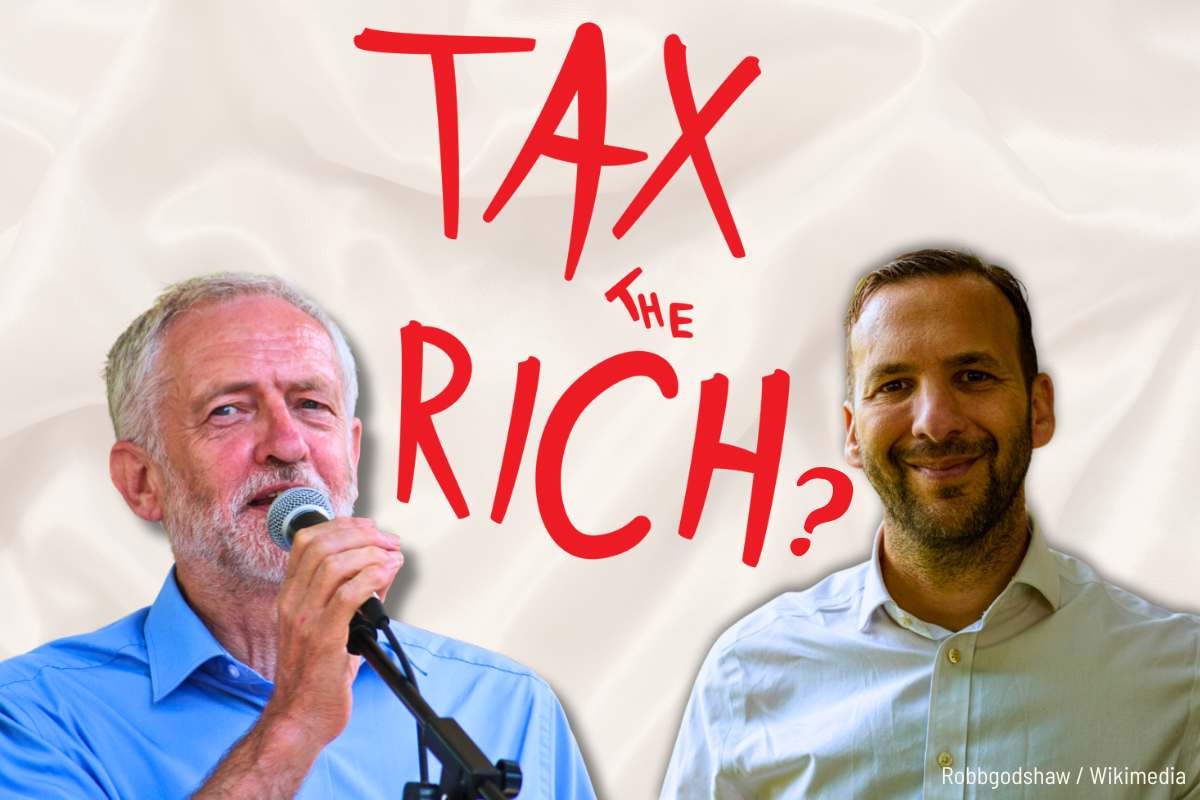There have been dozens of books on the
global credit crunch. There was Trillion
Dollar Meltdown by Charles Morris, banker and lawyer, which came out last March
(The trillion dollar meltdown by Charles Morris, published by Public Affairs). Then there were more recent books by top
American economists, Robert Shiller and Mark Zandi that were published this
summer. (The sub-prime solution; how today’s global financial crisis happened
by Robert Shiller; Financial shock by Mark Zandi, published by Pearson
Education)
And then there is the book by one of the
most notorious of financial speculators, George Soros, infamous for making
billions of dollars on predicting (or forcing) the collapse of the British pound
in 1992. (The new paradigm for financial
markets; the credit crisis of 2008 and what it means by George Soros) Soros has
now become a ‘socialist’, attacking the Iraq war, ‘free market economics’ and
inequalities of wealth and income. His
volume again attacks the excesses of modern capitalism!
Even earlier than all these, city
economists, David Roche and Bob McKee published a slim volume, New Monetarism,
back in September 2007, that exposed the Ponzi-style expansion of fictitious
capital built up over the last ten years and predicted its collapse. (New
monetarism by David Roche and Bob McKee, published by Lulu.com)
But now, Graham Turner has published The
Credit Crunch. (The credit crunch by
Graham Turner, published by Pluto Press) Turner is an independent consultant
who worked in the City of London for many years. What singles out this book is that it claims
to approach the problem from a socialist perspective, or at least it has been
adopted by the left. Turner has spoken
at many left forums in recent months.
What is Graham Turner’s message? He outlines his aim in the preface: “the
roots of this crisis must be understood to ensure there is no repeat of the
flawed economic policies that have created the biggest credit bust since the
1930s. If we understand the causes, the
damage can be mitigated”.
And what does Turner think are the
causes? Is it due to the anarchy of
capitalism, the laws of motion of capitalism that include the tendency of the
rate of profit to fall; or the huge expansion of fictitious capital designed to
avoid a slump? These are the reasons
that have been presented to readers of this column many times. Does Turner agree?
Well no.
Apparently the reason for the credit crunch is the growth of free trade
that led capitalist companies to move their production to cheaper labour
areas. This forced central banks in the
west to keep interest rates low in order to keep up demand and spending. Debt rose to excessive levels as a result.
Turner says he is not against free
trade. For him “it is a good thing, but
not when it is used by companies simply as a ruse to cut costs”. But is that not just one of the inevitable
consequences of free trade (trade without tariffs and quotas on the movement of
goods) under capitalism? How can you
have trade under capitalism that is not damaging to working people’s
jobs?
What should we do to avoid future
crises? “Governments will have to
realign their policy away from the exclusive promotion of big business that lies
at the heart of recent credit bubbles”.
So governments must not ‘exclusively’ promote big business – in other
words we need more of a balance?
Turner argues that we need a new economic
agenda that “balance the interests of companies and workers more evenly and
promotes a free trade that does not fuel the boom and bust seen today”. So there we have it: we need a capitalism
that is fairer, more even and free trade that does not cause slumps.
I don’t want to be harsh, but this
conclusion beggars belief, expressing a naivety about the nature of capitalism
that is disappointing in somebody who has worked at the heart of finance
capital for decades. It is in the nature
of capitalism to generate inequality and injustice in seeking profit and it is
in the nature of capitalism to deliver periodical economic slumps as it
grows. There can be no ‘good and fair
capitalism’, and, for that matter, Turner does not explain how we could get it
in this book.
Having said all this, this book does
provide many insights into how this credit crisis developed and how it has
unfolded. In particular, the chapter on
the impact of the credit bubble and burst on emerging economies is
revealing. He also very clear and
correct in his condemnation of the spurious arguments of Ben Bernanke, the head
of the US Federal central bank that the crisis was caused by ‘excessive saving’
by mercantilist Asian economies and not by excessive spending in the West on
housing financed by a credit bubble. And
there are many interesting points about why and how Japan got into permanent
depression in the 1990s.
But here lies another theoretical flaw in
Turner’s reasoning and thus in his prescriptions to solving the crisis. Graham Turner is clearly a Keynesian through
and through. What does that mean? At the end of nearly every chapter, he refers
to John Maynard Keynes as providing the theoretical explanation for the mess
and also providing the policy measures for the way out.
Turner argues that the credit crunch led to
debt deflation. By that he means that
people, banks and corporations could not pay their debts and the value of debt
therefore plummeted. This led to a
vicious circle in which investors would no longer invest and preferred to hold
their capital in cash. Thus money
capital was trapped and credit became scarce and unavailable for
investment.
Keynes called this the liquidity trap. Keynes argued that this was a cause of the
Great Depression of the 1930s. What
needed to be done was for central banks to cut interest rates to the bone. For
Keynes, though, monetary policy could not be effective on its own in solving a
crisis. So governments had to start spending and make tax cuts, and not worry
about how to pay for it. This is called
expansionary fiscal policy. Just print money until the economy came out of its
slump.
Turner makes the same argument to solve the
current crisis. The real risk is that
central banks won’t cut interest rates quick enough and governments won’t spend
and borrow quickly enough. The reason
that Japan stayed in depression was because the authorities sat on their hands
for too long.
Turner’s arguments are somewhat
ironic. For it appears that capitalist
governments are all Keynesians now (again).
The US Federal Reserve under Ben Bernanke has released over $2trn of
funds to bail out the banks, refinance the money markets and even subsidise
insurance and auto companies. And it has
cut interest rates to 1% at a time when inflation is still at 5%. The Bank of England has (belatedly) launched
a cycle of interest-rate cuts and the New Labour government is about to
announce a massive package of spending and tax cuts to be paid for by borrowing.
After the Great Depression and the post-war
slumps, all capitalist governments adopted Keynesian views, culminating in
President Nixon’s statement in 1970 that we are all Keynesians now. But the crisis of the 1970s pushed
capitalists to try and break the labour movement and restore profitability that
had reached new lows by the end of the 1970s.
This led capitalists to revert to monetarist economics. Government spending and low interest rates
were out.
As the then UK prime minister James Callaghan
told the Labour party conference in 1978, “you can’t spend your way of out of
recession”. And he then imposed a
vicious round of spending cuts that led to ‘the winter of discontent’ in 1978-9
and the eventual defeat of labour by Thatcher’s Tories.
And yet spending the way out of recession
is just what New Labour is proposing to do now and what even the US government
is doing. Gordon Brown has dumped his
long held belief that capitalism can grow ‘endogenously’ without slumps. Keynesianism is back with a vengeance. So Turner’s answers to solving the crisis are
about to be played out.
But will they work? Did Keynesianism work in the 1930s? It was not really adopted in the UK then, but
in the US, the New Deal programme under President Roosevelt went some way to
taking it up with low interest rates and public works programmes. What was the result? There was little recovery in the US economy
from the bottom of the slump in 1932 up to 1937. Then the economy entered a renewed slump that
was only ended with the arms race spending that preceded the Second World War. It took a war economy to end the Great
Depression, not low interest rates and government spending.
For Marxists, capitalism goes into economic
slump because profitability drops so much that the mass of profit starts to
fall. This leads to capitalists stopping
investment in real production. If credit
is provided, investors use their money to invest in other assets that are not
productive like property or speculating in shares. Thus this capital becomes fictitious. It will not stop the eventual slump but
merely delay it.
Once enough capital value (of money, labour
and plant) is destroyed and profitability is restored, those capitalists that
are left will start to invest again and the ‘liquidity trap’ will end. Just as huge dollops of credit will not stop
a slump under capitalism, neither will huge dollops of credit revive
capitalism, if profitability is not right.
The best analogy is this. Marxists say that the capitalist engine works
on the petrol of profit. And because
profit can dry up, the engine will stop.
Keynesians say there is plenty of petrol; the problem is that there is
not enough oil to lubricate the financial components of the engine. Keynes says that the oil gets trapped in the
sump and does not lubricate the engine.
The liquidity is trapped and needs to be pumped out. Then all will be well. But Marxists say that even if your oil sump
is full and all the cylinders are fully lubricated, without the petrol of
profit, nothing will start working.
Capitalism works better if its pistons are lubricated, but putting too
much oil in can clog it up. And the
capitalist engine can work even if there is little or no oil in its pistons,
but not without fuel.
Slumps cannot be avoided under capitalism,
because they are necessary to restore profitability when it gets too low. The liquidity trap may be broken by Keynesian
policies of low interest rates and public spending but it won’t get capitalism
going again. That only happens when
profit (petrol) is restored.
Turner’s Keynesian solutions will prove
inadequate, as will his naïve hope that all we need to do is “to even out the
playing field, reduce corporate power or increase the strength of labour”.






